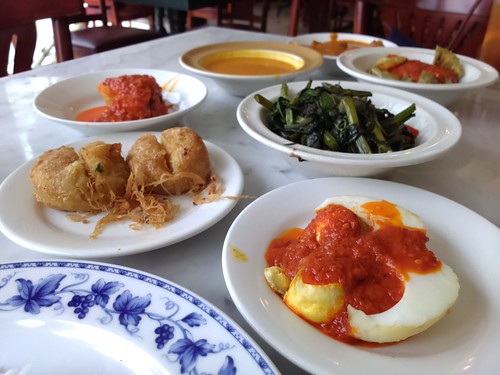 |
| The Entrance Hall of Ashbrook House |
During our stay in the beautiful Faughan Valley County Derry we had the opportunity to take a tour of Ashbrook House. Situated in 30 acres of mature parkland, Ashbrook House has been the home of the Ash family since before the Plantations of Ulster. We were given a great tour by Melanie, whose family first built the house in the late-sixteenth century.
The Estate was said to be a gift from Queen Elizabeth I to General Thomas Ash for his services during the Nine Years War in Ireland. The war raged from 1594 – 1603, when the great Earls of Ulster Hugh O’Neill and Hugh O’Donnell rose in rebellion against the English control of Ireland. This war was to be the biggest conflict fought by England during Elizabeth’s reign with more than 18,000 troops engaged at the height of the conflict. Despite initial successes for the Irish forces at the Battle of the Yellow Ford, the war eventually came to an end following the Battle of Kinsale which was a decisive victory for the English forces, and led to the Flight of the Earls. Hugh O’Neill, Rory O’Donnell and about 90 other followers fled Ireland. This is seen as a pivotal moment in Irish history. The Earls believed that they were going to return at the head of a large continental army to secure Irish independence, however this was not to be the case. Hugh O’Neill died within a few short years of his exile, and Spain and England secured a peace treaty. Gradually the Gaelic order of life in Ireland began to disintegrate and the plantations of Ireland, particularly the Ulster plantations, continued unhindered.
 |
| The front of the house |
The Ash family have been entwined in the history of the region. During the Siege of Derry in 1689 Ashbrook was partially burned by King James soldiers as the Ash family were loyal to King William and were besieged in the city. It was Captain Thomas Ash who wrote the most widely accepted diary of the events of the siege, and it was his sister Jane who married Captain Browning who commanded the fleet that famously relieved the starving city and broke the siege.
The house is a two-storey, bow fronted house and the oldest part of the house is thought to date to the late sixteenth century, you can notice the older parts of the structure by the low ceilings and much thicker walls. Entering through the grand entrance hallway you’ll quickly notice that the house is steeped in the families history and everywhere you look there are portraits, artefacts and mementos that tell a thousand stories and tales of the Beresford-Ash family. Melanie told us some of these tales and it was a fun and fascinating journey through her families history, it is no exaggeration to say that you could easily spend days just looking at all the different pieces of furniture, items or paintings that fill the house, it is an absolute feast for the eyes! We had the opportunity to see numerous rooms, each with its own character and stories – it was a truly fascinating way to spend a morning. If you are visiting Derry then do make an appointment to visit Ashbrook, this beautiful historical house makes a lovely counterbalance to the thriving and bustling city, I highly recommend a visit!
You can find out more about Ashbrook and book a tour by visiting their website
http://www.ashbrookestate.com/ and they have great
Facebook and
Twitter accounts too that are well worth a follow to see great pictures and info about this beautiful house.
While you are visiting Ashbrook do drop in to the lovely
Beech Hill Country House for a walk around their beautiful grounds to discover where the US Marines were based during WWII and you can enjoy some gorgeous food! For more information about the lovely Faughan Valley and to find accommodation please visit
http://www.discoverfaughanvalley.com/I hope you enjoy our blog, if anyone has any suggestions for places to visit I’d love to hear them. Please leave a comment below or find us on
Twitter,
Facebook or
Google+.
If you’d like to consider supporting us you can do so by downloading one of our audioguides. They are narrated by professional actors, and contain original music by talented musician Enda Seery to help immerse you in the story. They generally run for around 45mins and can be downloaded from our website at
www.abartaaudioguides.com. A number are available free of charge and others cost just €1.99, so if you’d like to hear the story of
Glendalough, or what life in
Dublin was like when it was a Viking Longphort please do try our guides.
 |
| Ashbrook House from the air |



























